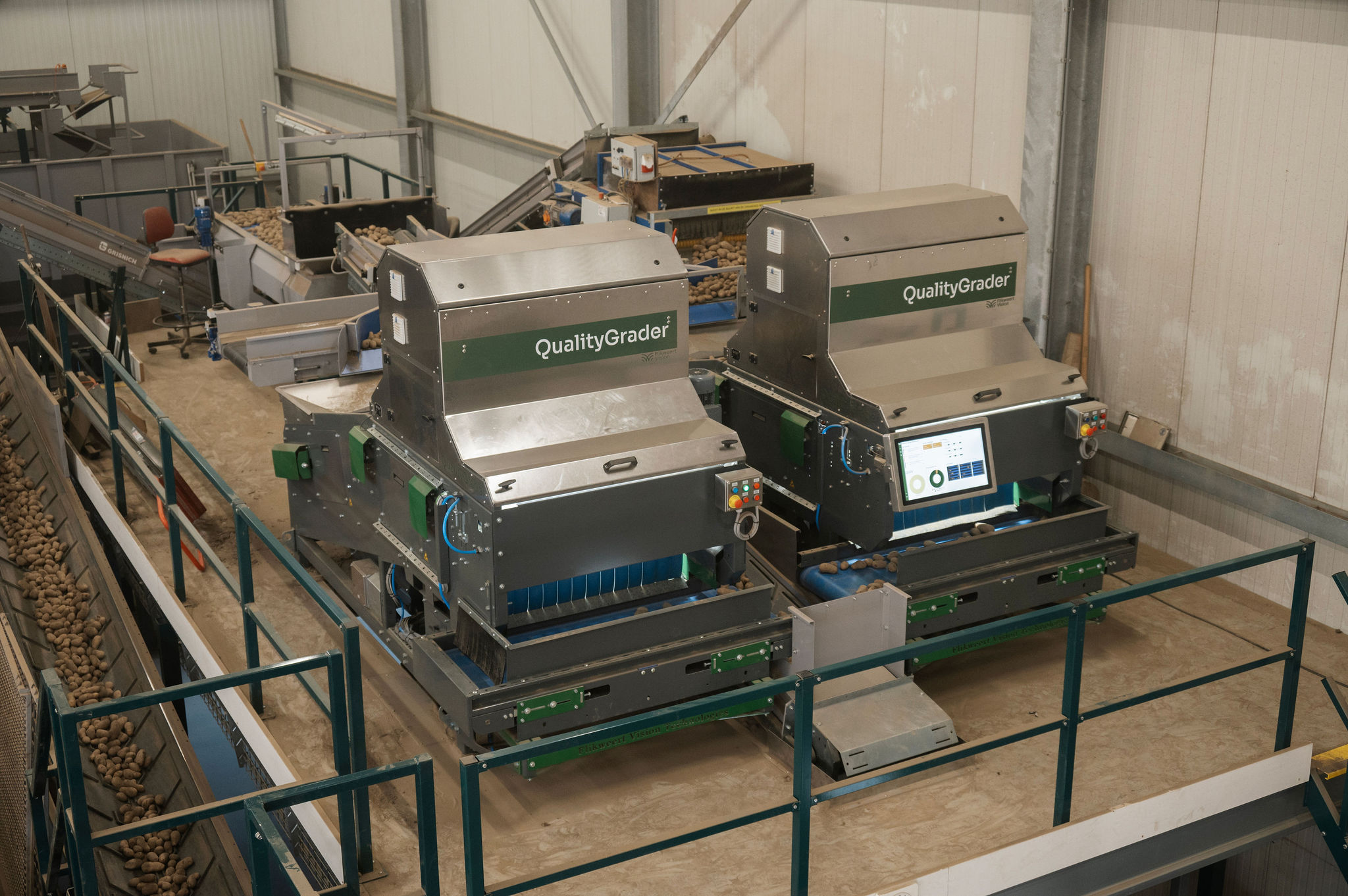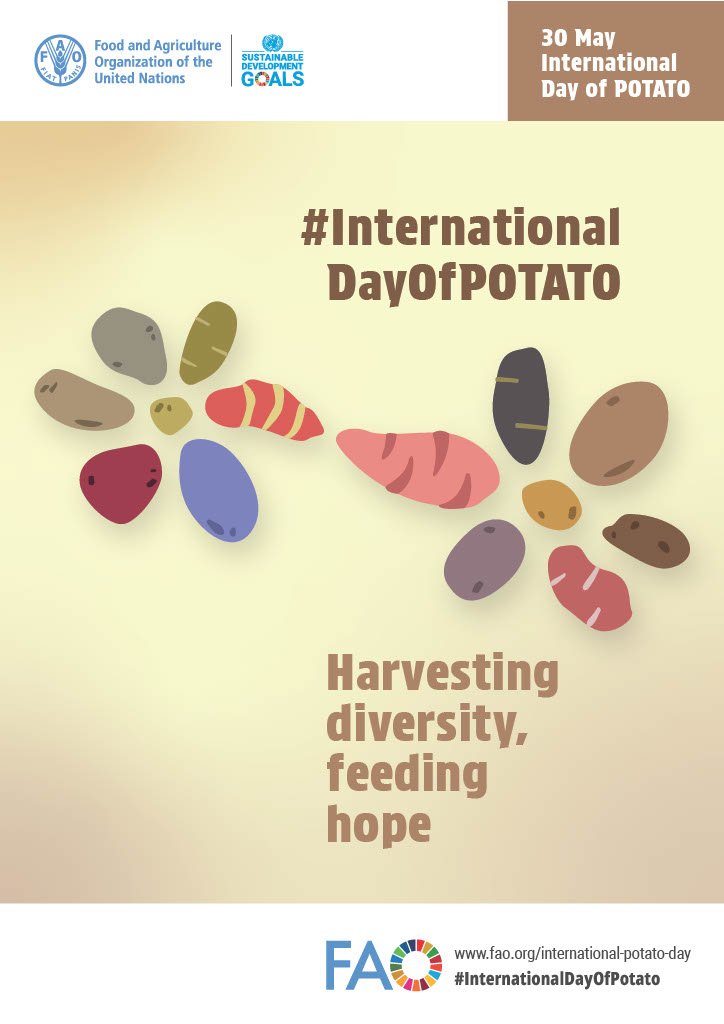Recent research has highlighted the StCDF1 gene’s critical role in enhancing nitrogen use efficiency in potatoes, an important crop for global food security. Led by Salomé Prat from CRAG, in collaboration with Christian Bachem from Wageningen University, the study reveals that StCDF1 is not only key for tuber development but also plays a pivotal role in nitrogen assimilation. Published in *New Phytologist*, this breakthrough may lead to potato varieties that yield more while requiring less nitrogen.
The research shows that StCDF1 regulates genes involved in nitrogen uptake, extending its function beyond its known role in day-length-dependent tuberization. Using DAP-seq, the team discovered that StCDF1 binds to the promoter region of the Nitrate Reductase (StNR) gene, an enzyme vital for nitrate reduction. Potatoes, unlike most plants, have a single gene copy for StNR, which contributes to efficient nitrate use. Knock-down studies of StCDF1 demonstrated improved nitrogen utilization under nitrogen-limited conditions, highlighting its potential for developing climate-resilient potato varieties.
Salomé Prat commented on the significance of this dual function, noting that it opens pathways for breeding potatoes with lower fertilizer needs. This discovery represents a major advance in sustainable agriculture, offering a path toward reduced chemical fertilizer use and bolstering food security in the face of global environmental changes.
To read the full article please click the link below:














